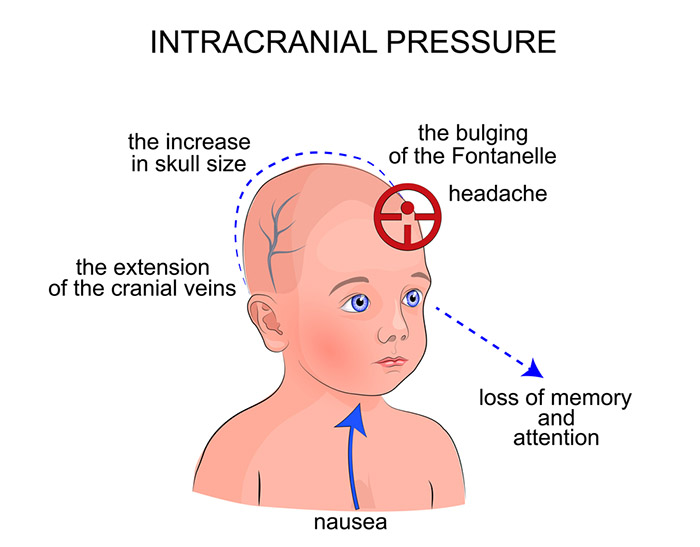Coronal Synostosis
What is Coronal Synostosis
The skull in an infant is not a single, complete structure. It is a number of smaller bones that are separated by a fibrous element called a suture. The coronal sutures separate the frontal and parietal bones of the skull.
Coronal craniosynostosis occurs when these sutures close too quickly and start to fuse together. The results of this condition affect the side of the skull, causing the forehead and the frontal lobe grow and expand forward. Other noticeable effects include a flattened or recessed forehead and eye sockets that appear elevated and tilted.
One indicator that a baby is currently experiencing this condition is that they will tilt their head to the side a little, because it helps not stop seeing double.

How We Treat Coronal Synostosis
Surgical treatment can correct this issue, and, while every patient has individual circumstances, it is usually performed between the ages of 9 and 12 months.
In some cases, the posterior sutures may also need to be treated. In which case, we will take a staged approach, starting around the 3 to 6-month mark and then followed up by the fronto-orbital advancement at 9 to 12 months.
If the condition is treated early enough, the procedure we use is minimally invasive and leaves only very small scars. After the procedure, the child will need to wear a helmet for several months to make sure we achieve the best possible results.
Additional Information
Contact the Cleft & Craniofacial Institute of Utah today and learn more about this type of craniosynostosis and how we can help.
From the Blog
Congratulations!
Welcome Utah's newest Cleft and Craniofacial certified team. After a very extensive review of the Cleft and Craniofacial Institute of Utah's team members, treatment protocols, and outcomes, the American Cleft Palate-Craniofacial Association gave its approval and...


